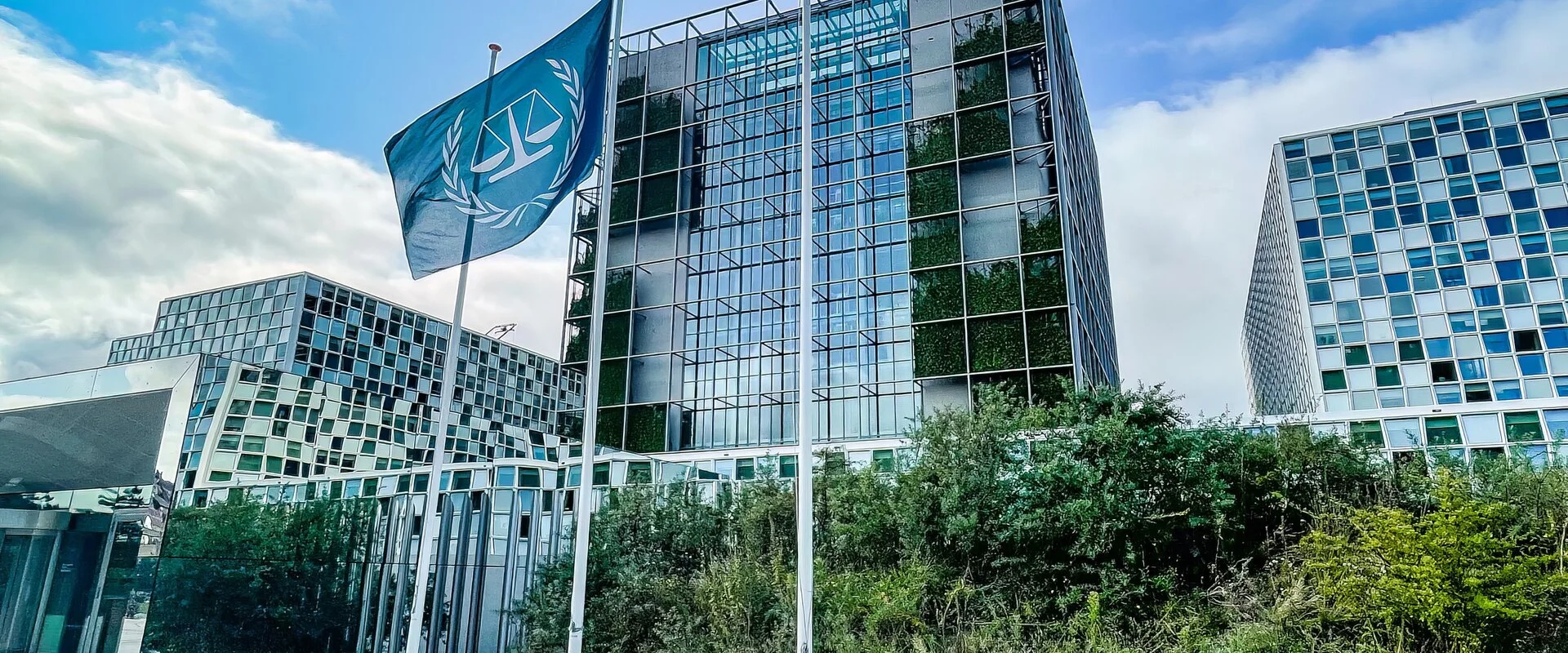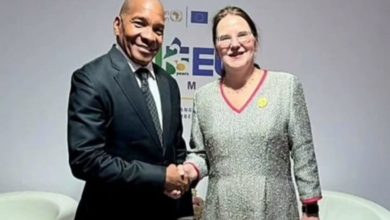Tanzania pioneers sickle cell treatment advancements in Africa

TANZANIA: SICKLE Cell Disease (SCD) remains a significant health burden, particularly in Africa where approximately 80 per cent of the 515,000 global births are affected by SCD annually.
In many high-income countries, advanced therapies such as exchange blood transfusion (ExBT) and haematopoietic stem cell transplant (HSCT) are routine, leading to better outcomes for patients. However, in many parts of Africa, such treatments remain scarce.
In developed countries, surveillance systems have been put in place to identify children born with SCD through newborn screening programmes which enables their prompt enrolment into comprehensive care programmes.
To help address the burden, Tanzania has established one of the largest singlecentre SCD programmes in the world and developed an advanced therapy programme for SCD focused on patient engagement and advocacy, clinical activities involving exchange blood transfusion (ExBT) and haematopoietic stem cell transplant (HSCT), gene therapy (GT) preparedness and enabling partnerships.
According to a recent report published in BMJ Global Health on strengthening advanced therapy for sickle cell disease in Africa, Tanzania is the fifth country globally in terms of SCD burden with an estimated 11,000 annual births affected by SCD and has made remarkable progress in addressing the treatment gap.
The report stated that advanced therapies are proven to improve outcomes in persons living with SCD and are incorporated into standard treatment guidelines in many high-income countries.
The SCD-ATP in Tanzania integrates patient engagement, clinical preparedness, gene therapy research and partnerships, creating a holistic model that could potentially serve other African regions with high SCD prevalence.
The research team led by Dr Daima Bukini, Aisha Rifai, Collin Kanza, Fredrick Luoga, Deogratius Maingu, Kassim Kassim, Jennifer Mashaka, Eka Patricia Kisali, Salmaan Karim, Mohamed Zahir Alimohamed, Janeth Manongi, Winfrida Lema, Harrison Chuwa, Sisawo Konteh, Florence Urio, Irene Kida Minja, Emmanuel Balandya, Grace Moshi and Prof Julie Makani.
The report elaborated that since its inception in 2021, the programme has focused on patient-centred initiatives such as patient camps and workshops to ensure active participation and understanding.
Over 150 patients, caregivers and healthcare providers have been involved in workshops designed to increase awareness and engagement around ExBT, HSCT and gene therapy (GT).
“This collaborative approach has also led to the establishment of a patient registry with 1,500 patients screened for advanced therapies and 157 identified as potential candidates for ExBT or HSCT,” the report states.
Moreover, the clinical readiness for advanced therapies was achieved by establishing comprehensive screening protocols to identify patients in need of ExBT, HSCT, or even GT.
The screening process utilised criteria from the American Society of Haematology guidelines, focusing on individuals with major SCD complications such as stroke, chronic leg ulcers and recurrent priapism.
In addition, as a result, 22 patients received ExBT and 127 individuals underwent human leukocyte antigen typing to identify potential bone marrow transplant donors. This infrastructure builds the foundation for long-term, sustainable care.
Ms Shani Mgaraganza, a mother of two with sickle cell, says that Bone Marrow Transplant (BMT) is a treatment that restores hope for patients. A bone marrow transplant involves taking cells that are normally found in the bone marrow (stem cells), filtering those cells and giving them back either to the donor (patient) or to another person.
Ms Mgaraganza calls on the government to assist all Tanzanians to be served. “It is my request to the government that sickle cell patients be provided with medication to alleviate the challenges of sickle cell disease for free.
The medicines they use to reduce the challenges are hydroxyurea and folic acid. These medicines are expensive compared to the income of Tanzanians. For example, one tablet of hydroxyurea costs 1,000/- and there are children who use more than three tablets a day.
Who can afford to spend 5,000/- daily to buy medicine for their child for their entire life?” Ms Mgaraganza questioned.
She urged the government to help parents and the patients themselves by providing the medications for free as is done for other diseases like ARVs.
The Haematologist, Dr Stella Malangahe Assistant Director of the Department of Haematology/Oncology at Benjamin Mkapa Hospital (BMH), emphasised the significant need for Bone Marrow Transplantation (BMT) services, particularly for children under 12 years old who are undergoing treatment for sickle cell disease.
ALSO READ: Experts: Combating cancer needs social scientists
She explained that the treatment for sickle cell is specialised with the ability to treat at least two to three patients per month.
“The treatment process is quite different from others as patients typically need to stay in the hospital for 40 to 50 days, sometimes up to two months. “Age consideration is very vital as younger patients have a higher success rate for the procedure, whereas in adults present more challenges,” she said.
Dr Malangahe also noted that the government, along with BMH is actively working to raise awareness and provide education, starting from the grassroots level to help address the pressing need.
There is an urgent need to develop a strategy for curative options for sickle cell disease (SCD) in Africa as this is a disease of public health significance.
Tanzania, a low-middle income country, has 11,000 children born every year and estimates that at least 14,700 deaths under five years old are due to SCD.
Tanzania had an existing dedicated sickle cell clinic at Muhimbili National Hospital, established in the 1980s. In 2004, Muhimbili University of Health and Allied Sciences (MUHAS) established a research programme that integrated improving health services, advocacy and training and enrolled 5,466 patients.
In 2016, sickle cell services strengthened in other health facilities. As part of the strategy for healthcare, the Sickle Cell Programme worked with the Ministry of Health to develop recommendations for comprehensive care at different levels of health care.
Most countries in Africa wanted to ensure that comprehensive care was available before putting in place curative therapy such as Haematopoietic Stem Cell Transplantation (HSCT).
However, factors that accelerated the need to develop a strategy for curative care including progress and better outcomes in transplantation, increase in demand and investment in tertiary healthcare facilities.
Tanzania is exploring transplantation services in 4 tertiary level referral hospitals and using the progress in genomic research in Africa to participate in gene therapy Over the past two decades, there have been extensive efforts to improve early diagnosis and to strengthen SCD care in Tanzania from primary to tertiary levels.
Simultaneously with strengthening the basic comprehensive care for patients with SCD, Tanzania has been at the forefront of various initiatives designed to pilot the establishment of advanced therapies for SCD.
In 2021, the Sickle Cell Programme (SCP) at Muhimbili University of Health and Allied Sciences (MUHAS), working in partnership with several local and international collaborators, championed the initiation of the SCD-ATP.
The programme aims to support efforts made thus far in the SCP by advancing capacity for researchers, healthcare providers and patient advocates to promote, strengthen and build partnerships focused specifically on advanced therapy interventions for SCD in the country.
The initiation of the programme was motivated by observed gaps in advanced healthcare for patients presenting with severe complications of SCD.
The report highlights the experiences of establishing the SCD-ATP in a low-resourced SCD centre in Africa. In particular, it describes the progress achieved across four main areas which is advocacy and patient engagement, partnerships, gene therapy research and clinical preparedness.
Through collaboration and in setting up the SCDATP, MUHAS developed partnerships both at local and global levels to support implementation of the clinical and research programme.
The Government of Tanzania remains committed to improving SCD care, as outlined in the Ministry of Health’s NCD vision 26 The establishment of the HSCT centre at Benjamin Mkapa Hospital (BMH) in Dodoma through the Ministry of health supports access to curative options for SCD.
The programme collaborated with BMH which is a public-funded hospital to facilitate referrals for patients with matched sibling donors.
Other partnerships with public institutions, included Jakaya Kikwete Cardiac Institute and Muhimbili National Hospital in setting up the SCD-ATP clinic and in providing specialised care.
At community level, the programme also partnered with patient organisations to design engagement strategies, organise blood drives, to support transfusion services for patients with SCD and contributing to the national blood bank supply.
According to a report at regional level- MUHAS is a member of the SickleInAfrica consortium, comprising eight countries in Africa working together to develop patients with SCD registries with the goal of using the registries to address the burden of SCD in the region.
MUHAS is already working with Uganda’s Joint Clinical Research Center to strengthen regulatory frameworks for oversight of GT clinical trials.
At the global level the programme worked with several stakeholders at the global level to strengthen both the clinical and the research component.
MUHAS in partnership with American Society of Gene and Cell Therapy (ASGCT) delivers the first Global Gene Therapy Training Program for educators in Africa.





